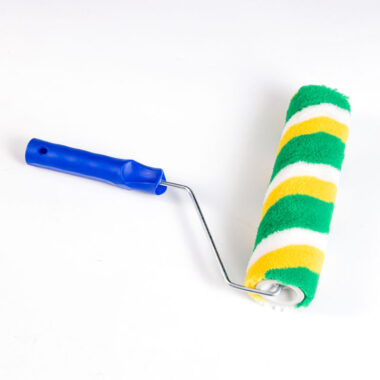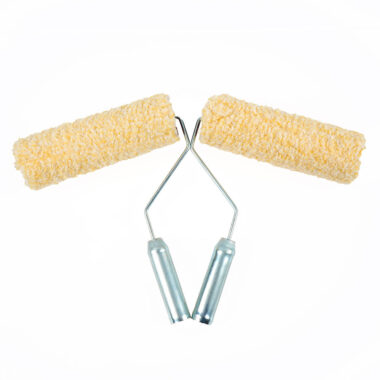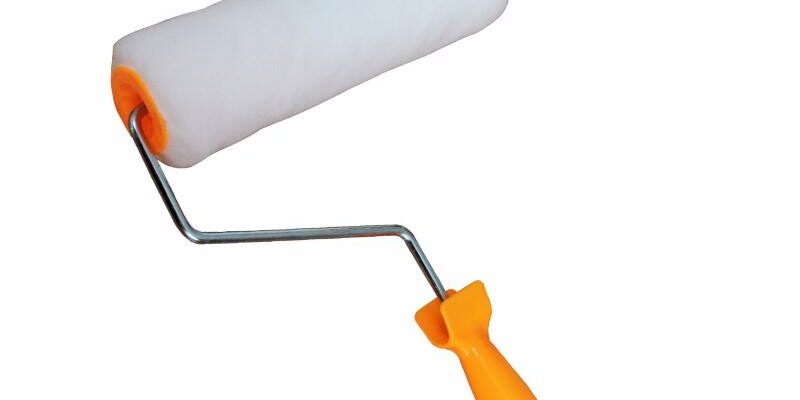🔬 Why Filament Engineering Matters
For distributors and contractors, the difference between a low-cost brush and a professional-grade tool often lies in filament science. The way synthetic filaments are tapered, flagged, and engineered for bend recovery determines paint pick-up, release, and durability. Buyers who understand these specs can secure brushes that consistently meet professional demands.
📏 Taper: Controlling Paint Flow
-
Definition: A tapered filament gradually narrows from base to tip.
-
Function: Allows brushes to hold more paint near the base and release it evenly toward the tip.
-
Benefit: Produces smoother finishes and fewer streaks, ideal for high-quality wall coatings.
💡 Buyer tip: Always request taper percentage specifications in RFQs to avoid inconsistent batches.
✂️ Flagging: Creating Micro Reservoirs
-
Definition: The process of splitting filament tips into multiple fine ends.
-
Function: Increases surface area and improves paint pick-up.
-
Benefit: Brushes leave a smoother finish with fewer visible strokes.
For premium SKUs, flagged tips are a non-negotiable feature and should be highlighted in sales material to retailers.
🔄 Bend Recovery: Maintaining Shape
-
Definition: The ability of bristles to return to their original shape after flexing.
-
Influence: Dictates how long brushes last under repeated pressure.
-
Material note: Nylon offers superior recovery, while polyester balances cost with decent flexibility.
Strong bend recovery reduces premature replacement, making it a selling point for contractors focused on lifetime value.
📑 What Procurement Teams Should Specify
When sourcing professional-grade brushes, purchase orders should include:
-
Filament taper ratio (e.g., 20–30%)
-
Flagging percentage for smooth finishes
-
Bend recovery benchmarks tested under load
-
Filament blend ratios (nylon vs polyester)
These details protect buyers from receiving inconsistent or low-performance stock.
🔗 Partnering with the Right Suppliers
When custom specs are needed—such as blended filaments, branded handles, or specialized packaging—buyers work best with a Custom Paint Brushes Supplier.
For steady high-volume SKUs, aligning with a trusted Paint Brush Supplier ensures bulk orders are consistent and delivered on time.
✅ Conclusion
Taper, flagging, and bend recovery are not abstract lab concepts—they are the practical backbone of paint brush performance. Buyers who understand these principles can specify the right brushes, reduce product complaints, and secure contractor loyalty. With the right supplier partnerships, every order becomes a step toward stronger market presence.













